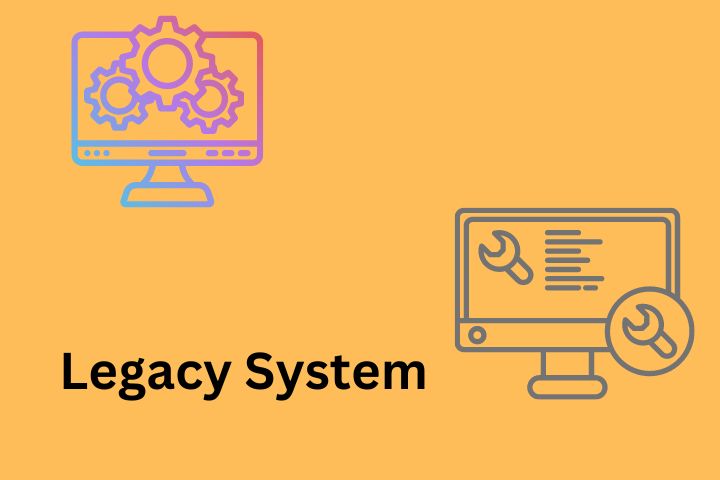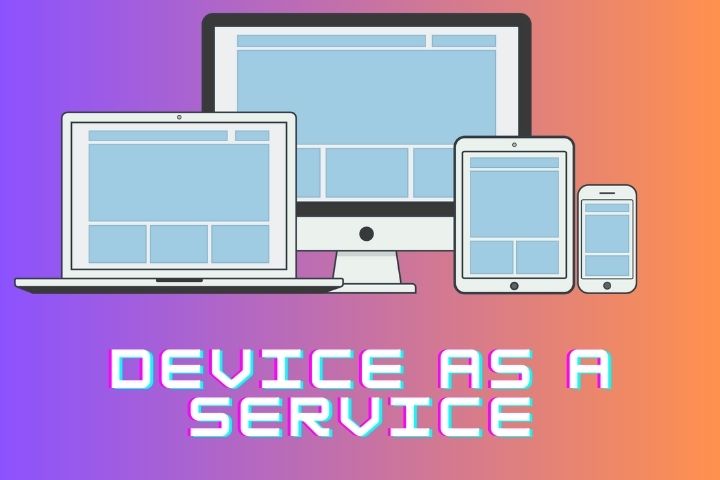
The IT of insurers is subject to strong modernization pressure – digital business models require a radical conversion of the existing systems. The existing systems of many insurers show their age. Legacy system were not designed for the current situation and consequently only fit poorly into the work processes
the replacement of legacy systems is picking up speed. The starting point is the requirement to quickly integrate new digital tools and applications into the existing systems.
In my view, the following six reasons, in particular, speak in favor of replacing legacy systems shortly:
Know-how is disappearing
Many existing systems at insurers are individual developments that have been used for years. Whether due to a change of job or retirement – almost all of the original developers have probably left the company by now.
So what to do when new requirements arise? Especially since not only the legacy systems are outdated but also the programming languages in which they were written. For example, it might not be easy to find an experienced COBOL developer.
The situation is exacerbated by the fact that the architecture of legacy systems is often difficult to understand. And even if a service provider is available – a vendor lock-in is virtually guaranteed in this case.
Tech debt is growing:
The organic growth of legacy systems means they are becoming increasingly difficult to maintain. Technical debts arise, which make the switch to a modern legacy system more and more necessary, but at the same time, make it more and more difficult.
Business processes are slowed down:
Automated processes ensure that the potential for error is contained and employees can concentrate on their core tasks. If such procedures are to be introduced, legacy systems quickly reach their limits due to their high complexity. Robots and artificial intelligence are increasingly becoming critical success factors for insurers.
There is a direct correlation between the degree of automation of business processes and the return on sales. In addition, employees generally find it easier to use modern applications than to find their way around complex legacy systems.
Legacy system eat up the budget:
The use of legacy system devours a large part of the IT budget for many insurers – and due to outdated technology, the costs continue to rise, not least because it requires special expertise to maintain these legacy systems.
Digitization is stuttering:
Suppose you want to implement innovations with outdated IT infrastructures. In that case, you quickly reach the limits of what is feasible because legacy systems could be more flexible and are real obstacles to innovation. This is a blocker to integrating new communication standards or using new data storage technologies.
This makes it difficult for insurers to create a digital customer experience – such as a seamless customer journey across end-to-end process chains. In addition, legacy systems cannot be moved to the cloud.
The risk of cyber-attacks and data breaches is increasing:
Cybercrime has recently become the number one crime against businesses. Legacy systems, in particular, repeatedly have significant security problems: either due to the technical debt already mentioned or due to manufacturer support that expired years ago in many cases and the corresponding lack of security updates.
In addition, the GDPR is causing more and more problems – legacy systems do not consider that data can be found, extracted, or deleted easily, quickly, and directly.
Complexity is a brake on the replacement of legacy system.
If insurers want to remain competitive and work in a future-proof manner, replacing legacy systems is unavoidable. In an industry comparison, their activities here have tended to be in the bottom third. Last, converting existing systems is usually associated with much effort and risk.
But the fact is: The costs for the maintenance and care of legacy systems are constantly increasing. At the same time, their performance is decreasing while the demands on IT systems are growing simultaneously.
In my next Finance IT blog post, I will look at how insurers can successfully replace legacy systems.
Reasons for replacing Legacy system
So why do companies want to replace or modernize their outdated applications? There are several drivers here:
LACK OF STAFF:Few people can maintain the solution. Employees and developers who are familiar with the old technologies and business processes are leaving or retiring. Outdated technologies could be more attractive to new employees.
HARDWARE PROBLEMS:Many applications are still tied to old hardware (mainframes) that are no longer manufactured.
INFLEXIBLE:Older systems and applications can no longer be expanded to meet new business requirements such as agility, efficiency, and speed. The architecture is hardly designed for modularization, simplicity, testability, and continuous delivery.
HETEROGENOUS:A mix of many different technologies and platforms increases complexity. There is also a need for more open interfaces and interoperability between the systems and applications.
HIGHER OPERATING COSTS:The effort to administer and maintain the historically grown systems is very high compared to modern virtual environments or cloud approaches. RISK: Increased risk of security breaches.
PROBLEMS WITH DATA MANAGEMENT: Due to a lack of database interfaces, central master data is often not accessible throughout the company or is available in multiple versions.
NOT FUTURE-PROOF: The legacy systems and applications hinder the porting to mobile devices and the development of international markets since they run centrally in the company’s own data center and cannot be operated decentrally.









